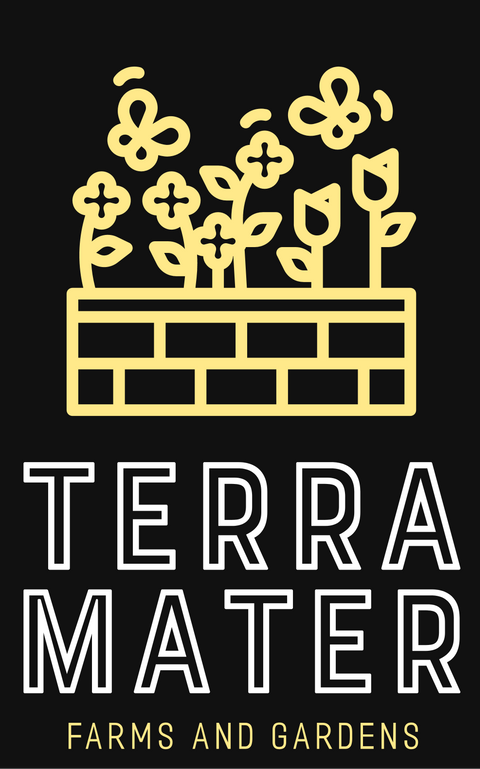Tiny Blue Springtail (Hypogastruridae sp.) Compact and resilient species, excellent for seedling soil health and microfauna balance.
Compact and resilient species, excellent for seedling soil health and microfauna balance.
If you're building a soil-first bioactive system, this springtail belongs in your foundation.
The Hypogastruridae family includes some of the hardiest and most versatile springtails available to terrarium keepers. This particular species, a small, deep blue to purplish microarthropod, thrives in the cooler, wetter layers of soil, where it quietly supports decomposition and microbial health. Native to temperate forests and mossy undergrowth zones across the Northern Hemisphere, it’s exceptionally well adapted to high-organic substrates, making it a natural fit for seedling trays, isopod bins, and mature terrarium ecosystems alike.
While it's less flashy than albino or fast-moving varieties, its resilience and preference for working deeper in the substrate make it indispensable for long-term balance in bioactive setups.
Why Choose the Tiny Blue Springtail?
-
Built for stability, maintains consistent populations over time without crashing
-
Particularly effective in bioactive cleanup crew roles for seedlings, moss cultures, and delicate root systems
-
Regulates humidity and fungal activity in dense soil environments where oxygen exchange is low
-
A great base species for springtails for terrariums, vivarium pests control, and isopod tank helper colonies
-
Slow-moving and compact, making them less likely to compete aggressively with surface-dwelling microfauna
🪴 Excellent choice for natural growers using compost-rich or worm-casting mixes.
How to Introduce Them
Release directly into moist soil or under moss at the base of your plants. In terrariums or vivariums, aim for areas with deep, spongey substrate and good organic content. These springtails don’t race around like Pseudosinella, they integrate slowly but hold territory firmly once established.
Ideal for bottom-heavy substrates, leca layers with organic topping, or shaded houseplant bins where mold and fungus gnats tend to thrive.
Feeding & Care
In nutrient-rich setups, they'll feed naturally on fungal spores, decaying roots, and microbial waste. If culturing separately or boosting a new colony, provide a light dusting of yeast, rice flour, or crushed spirulina tablets. Maintain 75–95% relative humidity with minimal airflow. They’re slow to disperse but tough, perfect for less-managed ecosystems or semi-wild grow spaces.
🌧️ Unlike some springtails that stress under compact soils, this species thrives in dense media, making it perfect for seed starting and myco-rich environments.
What Sets Them Apart
Compared to fast-surface colonizers like Folsomia candida or visually striking species like Ceratophysella isabellae, this blue Hypogastruridae works more like a subterranean technician, quietly maintaining your ecosystem’s foundational layers. They specialize in microbe regulation, keeping root fungi in check while preventing anaerobic zones that lead to rot. Ideal for terrariums with root-sensitive plants or densely planted aquascapes with emergent zones.
Best Use Cases
-
Bioactive seedling trays and propagation bins
-
Dense forest terrariums with deep litter and bark mulch
-
Moist isopod and springtail colonies for long-term soil balance
-
Houseplant pots prone to fungus gnats or mold blooms
-
Slow-cycling aquaponic or semi-hydroponic setups
🌱 Looking for a springtail species that strengthens your soil without overpopulating the surface? This is the one.
🎒 Add them to your bioactive toolbox and let these compact specialists handle the quiet work of long-term balance. Especially recommended for growers, vivarium designers, and collectors who understand that healthy systems start underground.


